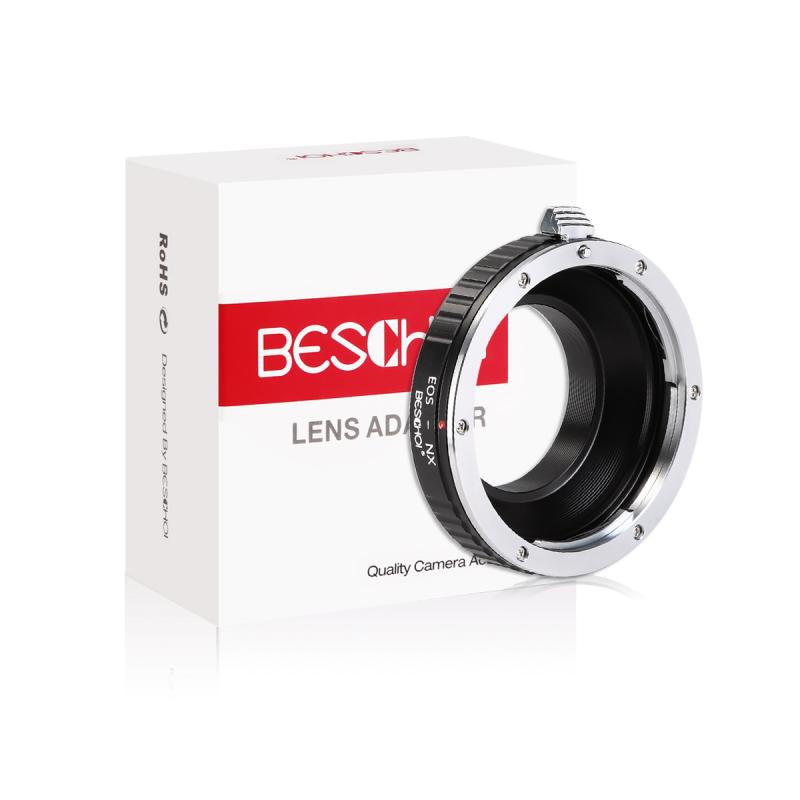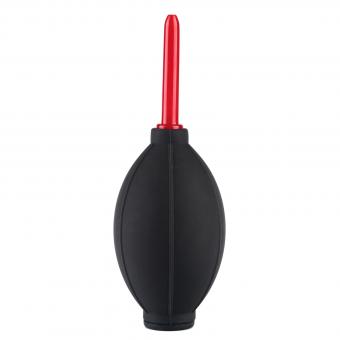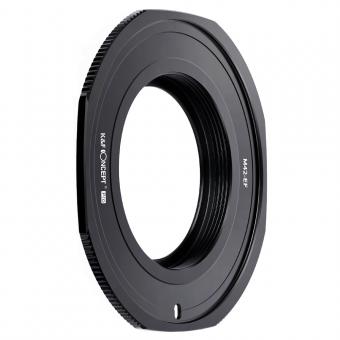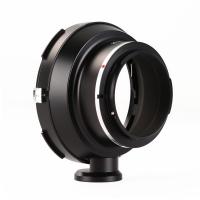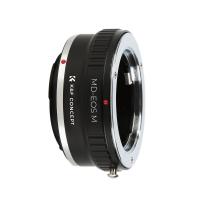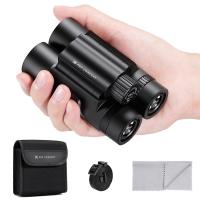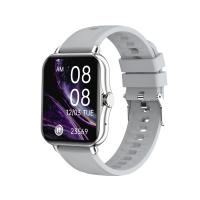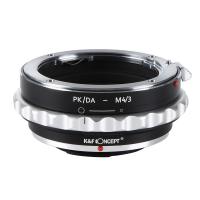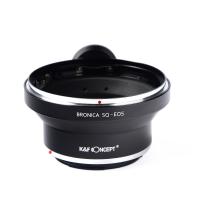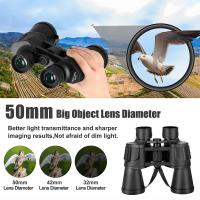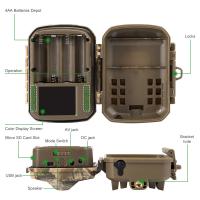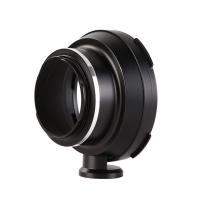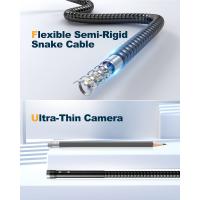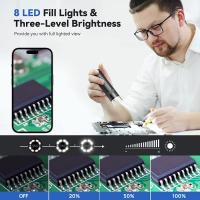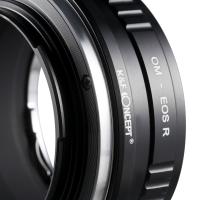How To Pick A Digital Slr Camera ?
When picking a digital SLR camera, it is important to consider factors such as your budget, intended use, and personal preferences. Research different camera models and compare their features, specifications, and prices. Consider the camera's sensor size, resolution, ISO range, and autofocus capabilities. Look for a camera that offers a good balance between image quality, performance, and ease of use. Additionally, consider the availability and compatibility of lenses and accessories for the camera system. It can also be helpful to read reviews and seek recommendations from experienced photographers. Ultimately, choose a camera that suits your needs and feels comfortable to handle.
1、 Sensor size and resolution
When it comes to picking a digital SLR camera, there are several factors to consider, but one of the most important ones is the sensor size and resolution. The sensor size determines the amount of light the camera can capture, while the resolution determines the level of detail in the images.
Sensor size plays a crucial role in image quality. Generally, larger sensors tend to produce better image quality, especially in low-light conditions. They have larger pixels that can capture more light, resulting in less noise and better dynamic range. Full-frame sensors are considered the gold standard, but they come at a higher cost. APS-C sensors, found in many mid-range DSLRs, offer a good balance between image quality and affordability. However, smaller sensors like Micro Four Thirds can still deliver impressive results, especially for casual photographers.
Resolution, measured in megapixels, determines the level of detail in your images. While higher resolution can be beneficial for cropping or printing large images, it's not the sole indicator of image quality. In recent years, camera manufacturers have focused more on improving other aspects like dynamic range, low-light performance, and autofocus capabilities, rather than just increasing resolution. Therefore, it's important to consider the overall image quality rather than solely relying on resolution.
In the latest point of view, camera technology has advanced significantly, and even entry-level DSLRs now offer impressive image quality. Therefore, it's essential to consider your specific needs and budget when choosing a camera. If you're a professional photographer or require the highest image quality, a full-frame DSLR with a high-resolution sensor might be the best choice. However, for most enthusiasts and casual photographers, a camera with a good balance of sensor size, resolution, and other features will suffice.
Ultimately, the decision of which digital SLR camera to pick should be based on your specific requirements, shooting style, and budget. It's advisable to try out different cameras, read reviews, and consider the latest advancements in technology to make an informed decision.
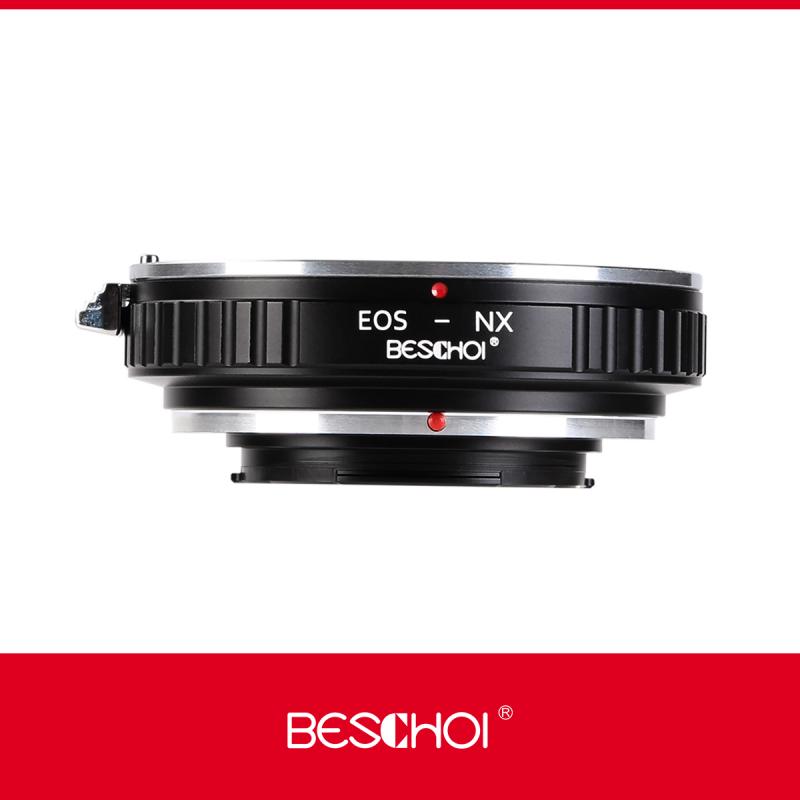
2、 Lens compatibility and options
When it comes to picking a digital SLR camera, one of the most important factors to consider is lens compatibility and options. The lens is a crucial component of any camera system, as it determines the quality and versatility of your photographs.
Firstly, it is essential to choose a camera that offers a wide range of lens options. This allows you to expand your photography skills and experiment with different focal lengths and perspectives. Look for a camera that is compatible with a variety of lenses, including wide-angle, telephoto, macro, and prime lenses. This will give you the flexibility to capture different types of subjects and scenes.
Additionally, consider the availability and affordability of lenses for the camera system you are considering. Some camera brands have a larger selection of lenses available, both from the manufacturer and third-party companies. This ensures that you have access to a wide range of lenses to suit your specific needs and budget.
Furthermore, it is worth researching the lens ecosystem of the camera brand you are interested in. Some manufacturers regularly release new lenses and update their lens lineup, offering the latest technology and features. This ensures that you can stay up to date with the latest advancements in lens technology and take advantage of new features that enhance your photography.
In conclusion, when picking a digital SLR camera, lens compatibility and options are crucial factors to consider. Look for a camera that offers a wide range of lens options, is compatible with various types of lenses, and has a robust lens ecosystem. This will provide you with the flexibility and versatility to capture stunning photographs in different situations and expand your photography skills.

3、 Autofocus system and speed
When it comes to picking a digital SLR camera, one of the most important factors to consider is the autofocus system and speed. The autofocus system determines how quickly and accurately the camera can focus on a subject, making it a crucial feature for capturing sharp and clear images.
There are various autofocus systems available in the market, each with its own strengths and weaknesses. Some cameras use contrast detection autofocus, which analyzes the contrast in the scene to determine focus. This system is generally slower but more accurate, making it suitable for still subjects. On the other hand, phase detection autofocus is faster and better suited for capturing moving subjects. Many cameras now combine both systems to provide a hybrid autofocus system that offers the best of both worlds.
In recent years, there have been significant advancements in autofocus technology. Manufacturers have introduced features like eye detection autofocus, which can automatically focus on a subject's eyes, ensuring sharp portraits. Additionally, some cameras now offer real-time tracking autofocus, which can continuously track and focus on a moving subject, making it ideal for sports and wildlife photography.
When choosing a digital SLR camera, it is essential to consider the autofocus speed as well. A faster autofocus system will allow you to capture fleeting moments without missing a beat. Look for cameras with high-speed autofocus capabilities, especially if you plan to shoot action or sports photography.
In conclusion, the autofocus system and speed are crucial factors to consider when picking a digital SLR camera. The latest advancements in autofocus technology have made it easier than ever to capture sharp and focused images. Consider your photography needs and choose a camera with a reliable and fast autofocus system to ensure you can capture those perfect moments with ease.
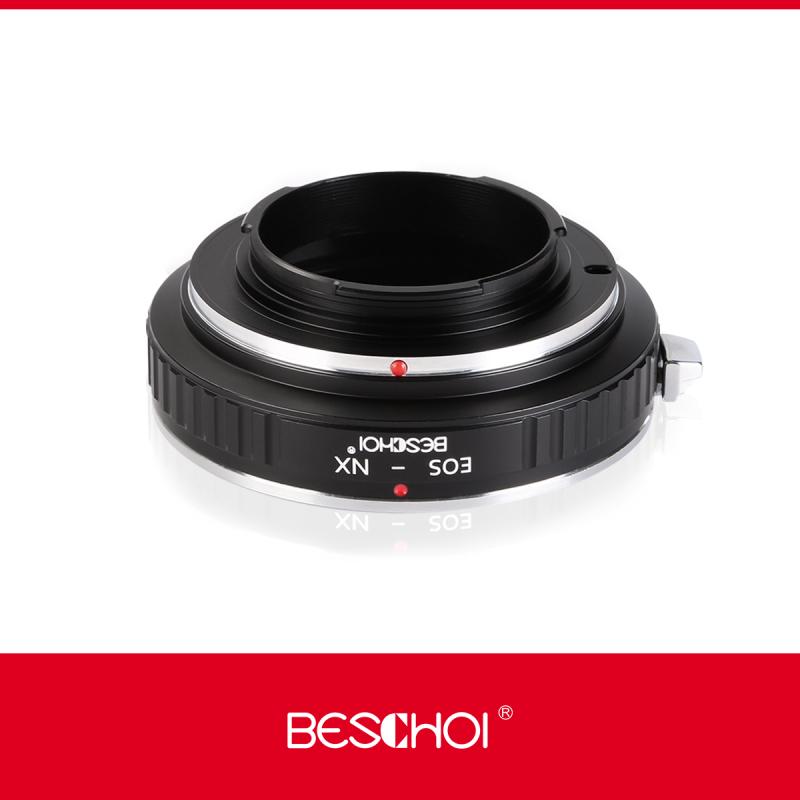
4、 ISO range and low-light performance
When it comes to picking a digital SLR camera, there are several factors to consider. One of the most important aspects to look for is the ISO range and low-light performance of the camera.
ISO range refers to the camera's sensitivity to light. A wider ISO range allows you to capture images in various lighting conditions, including low-light situations. This is particularly important if you plan on shooting in dimly lit environments or at night. A camera with a higher ISO range will produce less noise and better image quality in low-light conditions.
Low-light performance is closely related to the ISO range. A camera with good low-light performance will be able to capture sharp and detailed images even in challenging lighting situations. It is important to look for a camera that has a good balance between high ISO capabilities and low noise levels.
In recent years, camera manufacturers have made significant advancements in ISO range and low-light performance. Many cameras now offer impressive ISO ranges, some even reaching up to 102,400 or higher. Additionally, newer camera models incorporate advanced noise reduction technologies, resulting in cleaner and more detailed images in low-light conditions.
When choosing a digital SLR camera, it is essential to consider your specific needs and shooting preferences. If you frequently shoot in low-light environments, prioritize cameras with a wide ISO range and excellent low-light performance. Additionally, it is always recommended to read reviews and compare different camera models to find the one that best suits your requirements and budget.
